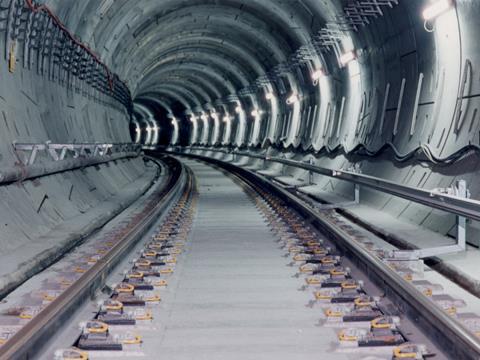
Laura Simón of Metro de Madrid described how ‘pure moving-block CBTC' is being introduced on Lines 1 and 6, with full implementation on Line 1 expected in December. Meanwhile, a train running with CBTC began operating on Line 6 during service hours on June 16 and has been carrying passengers since July 7.
When Andrew Heath of London Underground sought confirmation that there had been ‘no planned closures', Simón replied ‘yes, the equipment of lines 1 and 6 has been accomplished without any closures … it was actually 2½ h a night that we worked on the track'.
Marc Gouyon-Rety of Alstom noted that retrofitting of CBTC was underway in New York, London, Paris, Milano and São Paulo as well as Beijing, where his company had successfully commissioned moving-block on the 23 km Line 2 in time for the 2008 Olympics, having secured the contract in April 2006.
Pointing out that CBTC delivered a 60% capacity increase and, as in Madrid, passenger services ran throughout at normal times, albeit with a 30% reduction in peak headways, he said the Beijing Line 2 project had met ‘the very major challenge of speeding-up conversion of metros to CBTC'. Key factors were the overlay approach with stepped migration, shadow running, factory simulations, simplifying radio and on-board installation with new technology, and improved data preparation.
Heath, who oversees LU's signalling upgrades, was moved to ask rhetorically ‘with the experiences of Madrid and Beijing, why is it necessary to shut the Victoria Line every other weekend?'
On a wider canvas, Dr Gerard Yelloz of Siemens stressed that the ultimate objective of moving-block CBTC had to be what is now being called unattended train operation. Only UTO, where there is not only no ‘driver' but no requirement for any staff on the train (although there may be ‘roving' attendants), can inject trains into service on demand as well as avoid cancellations due to lack of drivers.
Only in this way can metros maximise their carrying capacity within the physical constraints of historic infrastructure, such as underground platforms, and as Yelloz pointed out, since the first VAL trains started running in Lille in 1983 UTO has demonstrated ‘outstanding records in terms of safety and availability'.















